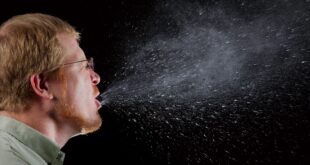The Ministry of Social Rights in Spain is working with regional authorities and veterinarians to develop a pet identification system that will be used throughout the country. This system could help prevent tens of millions of abandoned pets every year.
After meeting with the Spanish network of identification of pets, the Secretary of state for Social Rights announced Monday, 10th March, that the state will create a system through a Royal Decree, that is currently being discussed with regional ministers, that will include one homogeneous, uniform regulation for pets who must be identified according to the law. The law will cover dogs, cats, and ferrets and specify the procedure to follow. Rosa Martínez said that the future regulation will state that veterinarians are the only professionals authorised to identify pets.
Implementing the new system of state could be an important tool to ensure the prevention and punishment of abandoning pets, limiting breeding or controlling diseases. This system is also effective in locating and searching for lost pets throughout Spain.
The secretary of state said that the royal decree would lay the foundations of a system to identify and track pets. This will enable regional ministries in Spain to set up identification mechanisms and registries based upon basic common criteria. “This will be fundamental in minimising the difficulties that exist in many cases in locating or rescuing animals that have gone missing,” Martínez explained.
The director general of animal rights, José Ramón Becerra, clarified that the general conditions for the identification of pets will be specified and regulated in collaboration with Reiac and with the rest of the veterinary associations and colleges, “in order to jointly determine the requirements and actions to be carried out by the authorised veterinarians”.
The Ministry of Social Rights is now opening a 15-day period of public consultation during which all organisations and entities engaged in the identification of pets and pet protection organizations will have the opportunity to submit ideas for the future draft of the regulatory text.
 Costa News Spain Breaking News | English News in Spain.
Costa News Spain Breaking News | English News in Spain.





